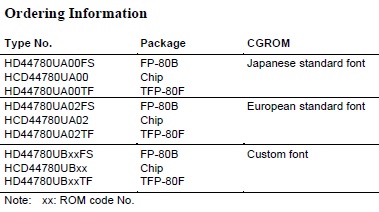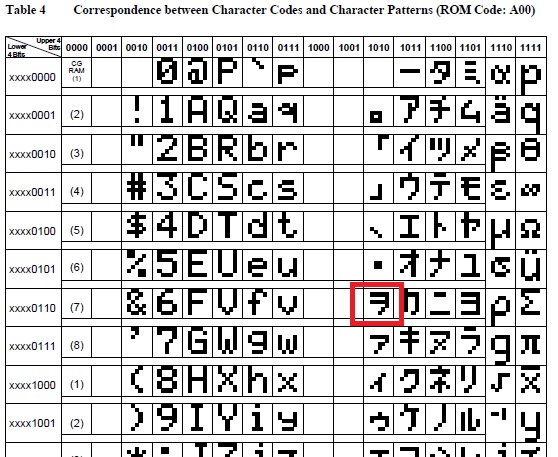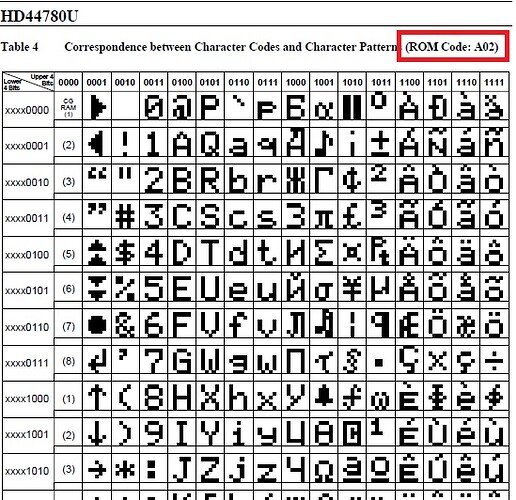Wow, great news.
I really appreciate your work, thanks!
I would like to order one. Just have some questions about the “other parts”…
Will the new kit differ very much from the currently available one?
I’m considering about to build my own OpenEVSE version, because I would like to measure the voltages of the 3 phases independenty, so I started to “redesign” your EmonTX Arduino Shield schematic, with 3 voltage inputs, and 4 CTs. I really like the OP-AMP modification, that I’ve found here, so I have integrated that solution also. On my test-PCB, it works very nice. (I’m really thankful about your great work, because from these things I could put together everything just in a few days) At the moment it’s only measuring 3 phase power, and the EVSE functionality still needs to be added. I use a Leonardo, which have enough IOs, so I think it can be managed, to have the measurement and the EVSE functionality together.
But reading your posts above, I started to afraid, that if the standards require special elements (because of the EVSE functionality), then it might be a difficult task to modify my schematic…
So I’m really looking forward to the new versions, kits, etc… 
Perhaps…
You don’t want to kick off the old Atmega328, and use the 32U4, to make an improved, 3 phase compatible version, do you?
To tell the truth, when I read first, that you want to supply a “European version” of the OpenEVSE, then I was thinking, that you will replace the LCD (to the version, which supports the German/Hungarian/other EU characters), and also hoped, that the 3 phase (real) power measurement will be included.
(Don’t take it as a “reproach”, I’m really amazed by your work. I’m just giving you new product development ideas  )
)
Best regards,
Norbert




